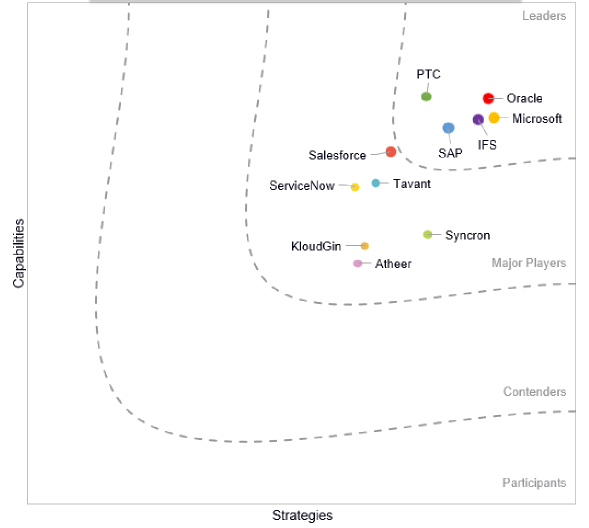Implementing Field Service Management (FSM) software can seem like a significant investment. However, understanding and measuring the return on investment (ROI) can help organizations justify this cost and identify the tangible benefits it brings. Here’s how businesses can comprehensively evaluate the ROI of their FSM software:
-
Define Clear Objectives
Before measuring the ROI, it’s crucial to define what success looks like for your organization. Are you aiming to improve response times, increase technician productivity, reduce operational costs, or enhance customer satisfaction? Setting clear objectives will help you determine which metrics to focus on when evaluating your software’s performance.
-
Measure Key Performance Indicators (KPIs)
To effectively measure the ROI of an FSM software, focus on several key performance indicators that align with your business goals:
Technician Utilization Rate: Measure how efficiently technicians are being used. An increase in this rate typically reflects better scheduling and dispatch, reducing downtime and increasing service jobs per technician.
First-Time Fix Rate: This metric assesses the ability of technicians to resolve issues on the first visit, which is directly linked to increased customer satisfaction and reduced costs from follow-up visits.
Average Response Time: Tracking improvements in response times can indicate more efficient scheduling and dispatching, directly correlating with higher customer satisfaction.
Work Order Volume: An increase in work order volume managed per technician per day demonstrates enhanced productivity enabled by an FSM software.
Customer Satisfaction Scores: Use customer feedback and satisfaction surveys to gauge how FSM software has improved the service experience.
-
Calculate Cost Savings
One of the most compelling aspects of FSM software is its potential to reduce costs.
Calculate savings in areas such as:
Travel and Overtime Costs: An FSM solution optimizes routes and schedules to minimize unnecessary travel and reduce overtime expenses.
Inventory Management: Improved inventory management capabilities can reduce the costs associated with holding excess stock or expedited shipping for missing parts.
Administrative Costs: Evaluate the reduction in administrative time spent on scheduling, dispatching and invoicing. An FSM software often automates these tasks, allowing staff to focus on higher-value activities.
-
Consider Quality Improvements
Beyond numerical metrics, consider qualitative improvements like enhanced customer service quality. These improvements, while not always directly quantifiable, can lead to long-term benefits such as increased customer loyalty and a stronger brand reputation, which are invaluable assets for any business.
-
Use a Time Frame for Evaluation
Establish a specific time frame to evaluate the FSM software. A common period is one year from implementation, but depending on your business cycle, a shorter or longer period might be more appropriate. This helps in comparing performance before and after implementation, providing a clear picture of effectiveness.
-
Factor in Software and Implementation Costs
When calculating ROI, include all costs associated with the software, including purchase price, subscription fees, implementation costs, training, integration costs and any ongoing maintenance or support fees.
-
Compile the Data into an ROI Formula
Finally, use the collected data to calculate the ROI. The basic formula for ROI is:
ROI = (Net Benefits−Cost of Investment / Cost of Investment) × 100
Where net benefits include revenue increases and cost savings minus the total cost of the software.
Evaluating the ROI of an FSM software requires a mix of quantitative metrics and qualitative insights. By systematically tracking these improvements and aligning them with broader business objectives, organizations can not only justify the cost of their investment but also identify areas for further enhancement. Ultimately, the true value of an FSM software lies in its ability to transform field operations into more efficient, productive and customer-focused activities. If you’re thinking of switching or looking for a new FSM solution, contact us to find out how IFS Service Management and Gogh Solution can help your bottom line.







